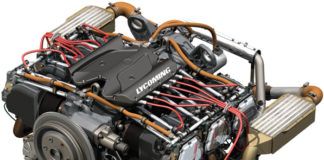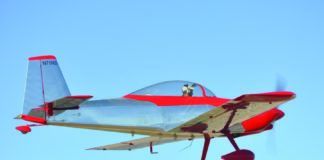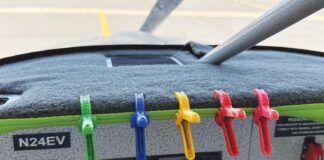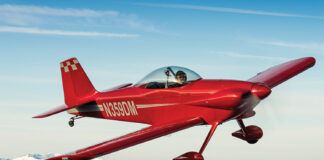Root of the Matter
I don’t usually write to magazines, but here we go. I have enjoyed the pieces on John Thorpe, the Tailwind from California, the Starduster, etc. I don’t know about other readers, but a Lancair turboprop is out of reach for most folks. How about getting back to the grassroots of the Experimental movement, the planes that started it all with something that was built in your basement or garage? I know there are hundreds out there that are safe, fast, simple to build, and affordable. There are plenty that have good records, need no special tools to build and can be had for a reasonable price such as the BD-4, Turner T-40 and Sidewinder, of metal, wood, composite, tube and fabric.
Keep the articles coming, and thanks for listening.
Bobby C
Point & Counterpoint Taken
Marc Cook’s article on expanding the LSA rules [“Viewfinder,” November 2011] underlines the futility of trying to make sense out of government regulations. A couple of points come to mind.
1) The LSA rules were not intended to compete with established General Aviation business. They sought to open a new field of airplanes and pilots. Naturally this will take time and patience as new airplanes are developed and a new client base is established.
2) The basic parameters were copied from the European microlight category so that planes developed there could be used in the U.S. right off the shelf.
I like the present situation. Look at the new airplanes appearing with every year. Most of them incorporate new technologies so that a person is not hampered by the obsolete ideas stamped out in the past. The best we can get from the big present manufacturers is more power and weight to suck more gas while delivering the same performance as the older models.
Sure it’s awkward that some Ercoupes, Luscombes and Aeroncas are included, but not all. Maybe there should be a waiver process for inclusion by similarity to lighter versions of the same airplane.
Ken Kar
Marc Cook’s article about LSA weight rules was right on the money. The 1320-pound limit brought 65-year-old Cubs and Champs out of mothballs and onto the LSA market at $20 to $40,000. The 100-pound, 100-hp Rotax 912 became the only means to get enough power and remain within limits. Foreign plastic airframes abound.
For another 200 pounds, the most prolific of great training aircraft, the Cessna 150 would be an LSA. All metal, steam gauges, Continental O-200, trigear. A starter, a safe and easy way to transition to LSA or get a Sport Pilot license, a certified aircraft easily available for flight schools to begin LSA training. The reliable Continental O-200 and Lycoming O-235 would find new lives.
The advances to light aircraft operation by the LSA and homebuilt industries have been astounding and motivational, but let’s not leave some of the best potential LSAs languishing on the ramp for an arbitrary weight limit.
I can’t see an “experienced” Bonanza or 182 pilot transitioning to hand-propping a taildragger. Stay after ’em.
Tom Ryan
Write to [email protected] or mail a piece of your mind to:
KITPLANES, P.O. Box 315, Ashland, OR 97520.




